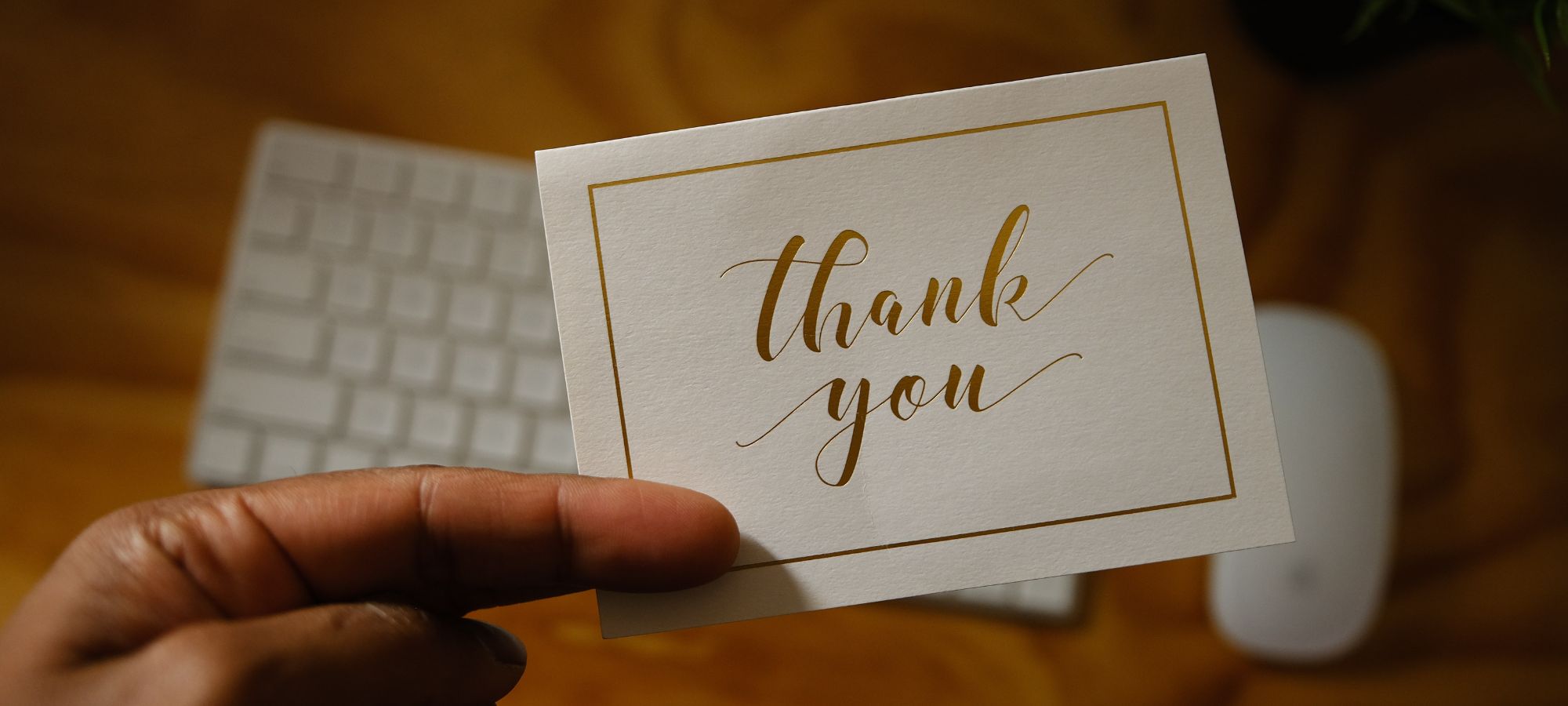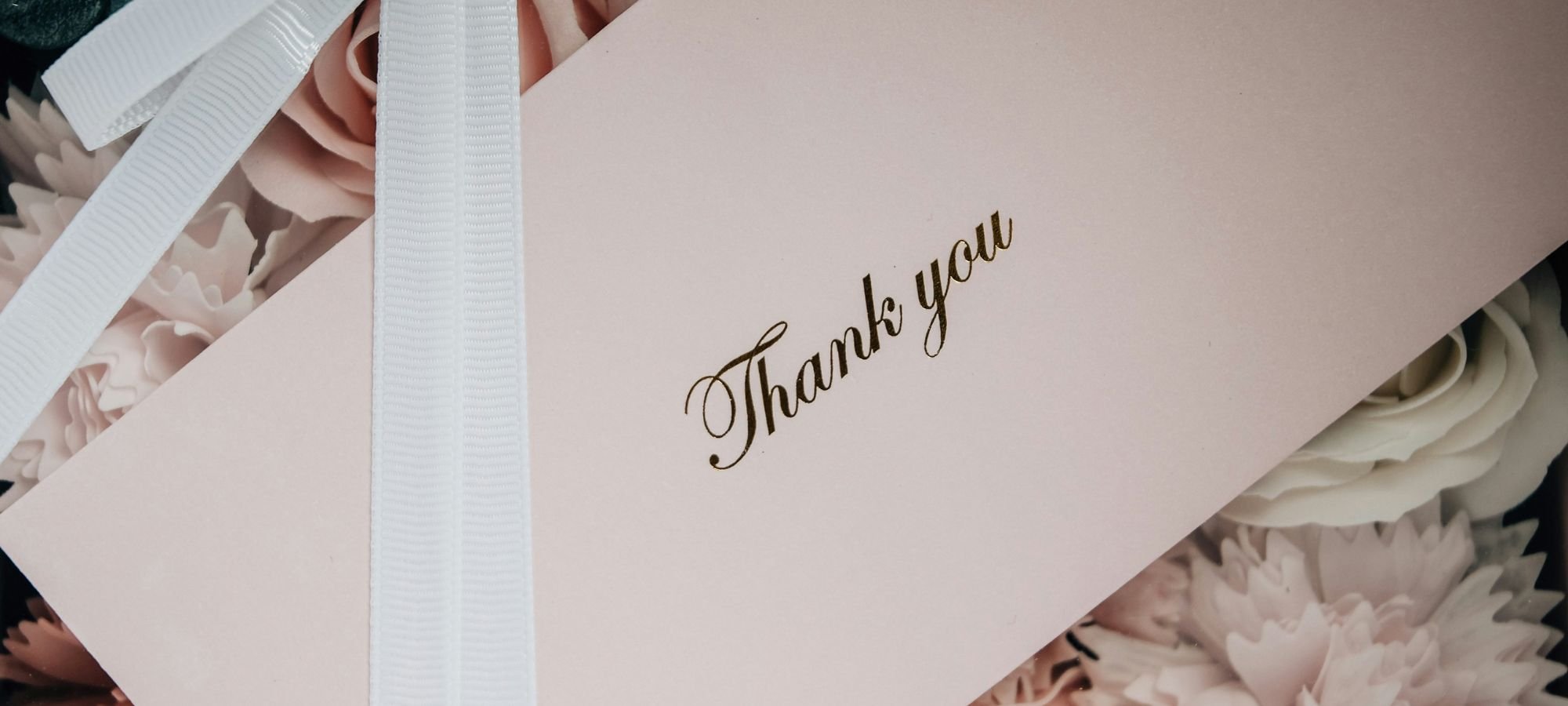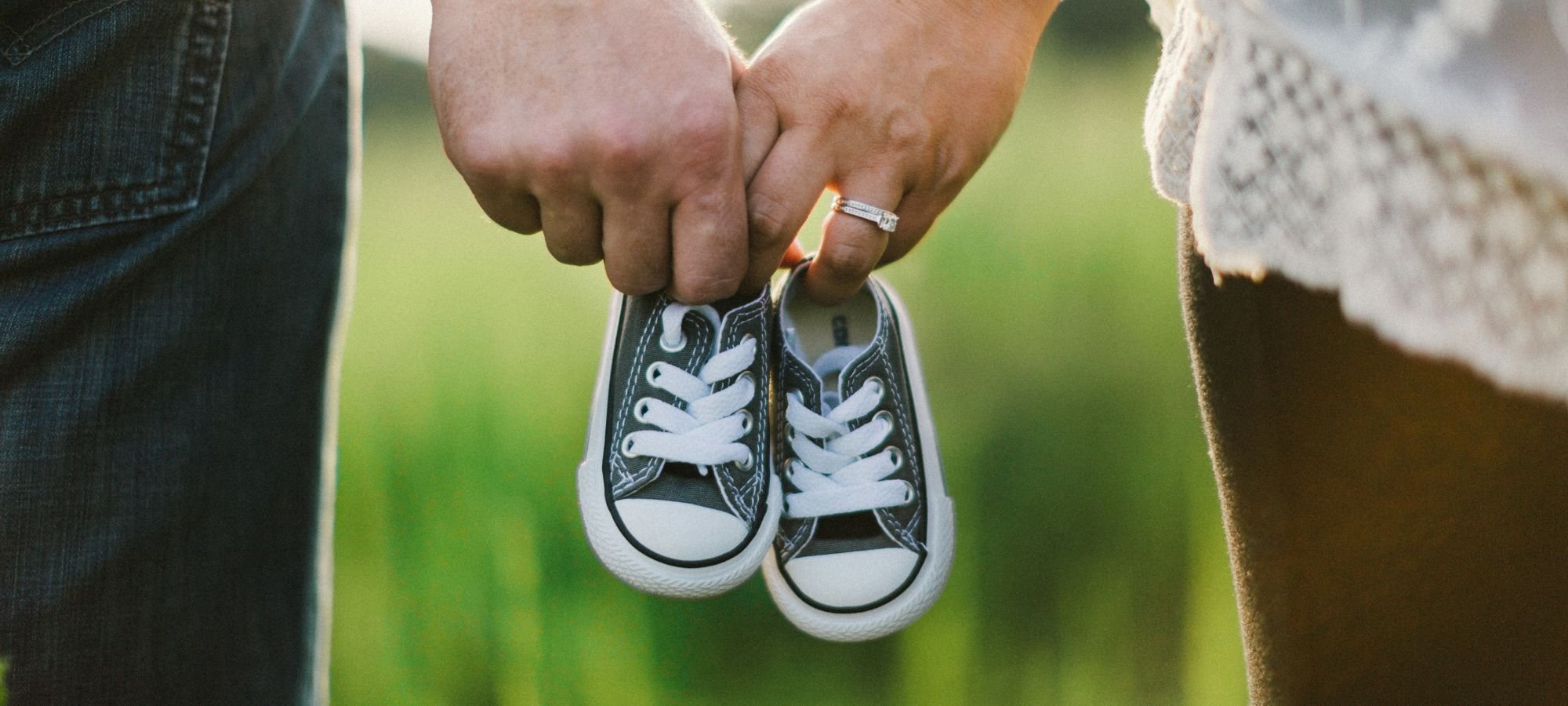No matter the situation, if you’re feeling grateful for something then it’s always worth taking the time to say ‘thank you’. A particularly useful skill to have when you’re travelling abroad, it can also just come in handy if you want to impress a certain someone. Whatever the reason, learning how to say thank you in different languages is a great phrase to have at the ready.
Now we might not cover every single language possible in this blog, but we have included everything from thank you in Norwegian and Spanish to Chinese and even sign language. To make sure they don’t immediately escape your mind, we recommend practising by writing them down a few times as well as saying them out loud so that you can perfect the pronunciation.
Ways to say thank you in different languages across Europe
Ready to get going? Let’s start with those countries closest to us Brits that might be our favourite vacation spots, here are some different ways to say thank you from countries across Europe:
- Spanish – Gracias
- German – Danke
- French – Merci
- Italian – Grazie
- Portuguese – Obrigado for males/Obrigada for females
- Greek – Ευχαριστώ [efcharistó]
- Norwegian – Takk skal du ha
- Polish – Dzięki
- Romanian – Mulţumesc
- Hungarian – Köszönöm
- Welsh – Diolch
- Russian – Спасибо [spasiba]
Say thank you in different languages across Asia
Taking it even further around the world, these are just some ways of saying thank you from Asian countries as well as other things you might want to note when using it:
Japanese – ありがとう[arigatou] / ありがとう ございます [arigatou gozaimasu]
ありがとう aka arigatou is the most well-known way of saying thanks, but it is fairly casual which is why some people may prefer to use ありがとう ございます [arigatou gozaimasu]. Typically, if it takes you longer to say something in Japanese then it’s probably politer.
Chinese (Mandarin) – 谢谢 [xièxie]
The most common way to say thank you in Chinese is 谢谢 [xièxie], with the pronunciation sounding a bit like ‘syeh-syeh’’. An important part of the Chinese language and its pronunciation relies on tone and there is a difference between the two syllables with the emphasis being on the first.
Korean – 고마워 [gomawo] / 감사합니다 [gamsahamnida]
The standard way of saying thank you in Korean tends to be 고마워 [gomawo] although this is quite informal and used with people that are a similar age to you or are particularly close with. On the other hand, 감사합니다 [gamsahamnida] is a bit more common as expressing politeness to those older or strangers is important in Korean.
Thai – ขอบคุณ [khawp khun]
The most basic way of saying thank you in Thai is ขอบคุณ [khawp khun]. However, for a politer form, you can add gender-based particles at the end of the phrase – ค่ะ [kha] for females and ครับ [khrap] for males.
Filipino – Salamat / Salamat po / Maraming salamat po
To say thank you in Filipino is salamat although you may want to use salamat po when speaking to someone older as po is added to make phrases more formal. Alternatively, you could even say maraming salamat po for when you’re feeling extremely grateful, with the informal version being maraming salamat.
Arabic – شكرًا [shukran]
Both the literal and casual translation of thank you in Arabic, شكرًا [shukran]can be used in all sorts of situations from eating in restaurants to when you’re out shopping. However, for a more formal version of thank you, you can say شكرا جزيلا. [shukran jaziilan] which is better suited for thank you notes or professional and other similar situations.
Malay – Terima Kasih
Luckily, if you ever find yourself needing to show your gratitude when in Malaysia or to a Malaysian this is pretty straightforward, and you can do so by saying terima kasih.
How to say thank you in sign language
Luckily, saying thank you is one of the phrases that work the same way in both British Sign Language (BSL) and American Sign Language (ASL). Anyway, this is how to say thank you in sign language:
- Start with a flat hand and your fingertips against your chin, palm facing your neck.
- Move your hands down and away from your face, keeping your palm facing yourself.
Quick tip: The action can be seen as quite similar to blowing a kiss except for the palm of your hand facing yourself and you’re touching your chin instead of your lips.
Now that you know exactly how to say thank you in different languages across the globe, it’s time to put it to good use, and you can start by writing a message inside one of our very own thank you cards.
And if you’re in a particularly thankful mood after reading this, you might as well mosey on over to the thortful blog where you can find all sorts, from special occasion articles to gift guides.






